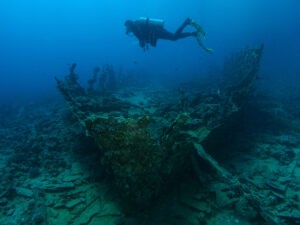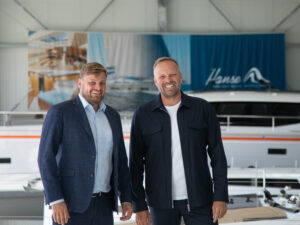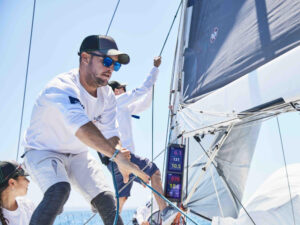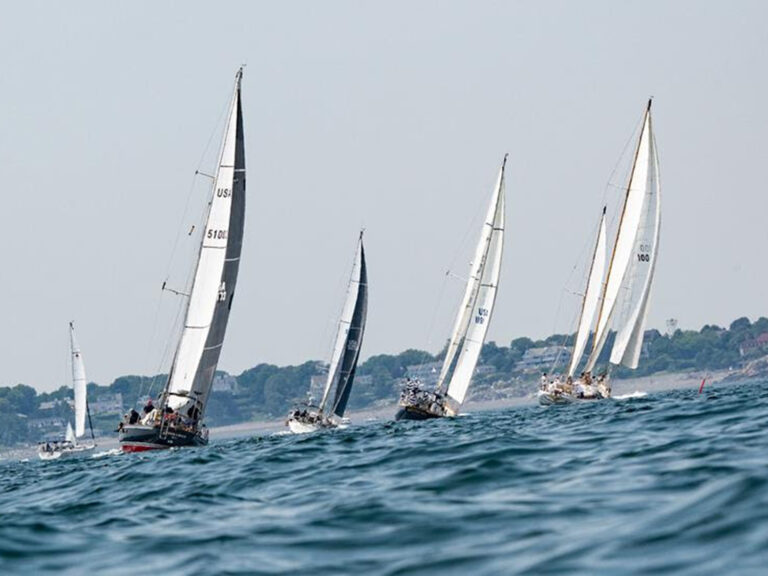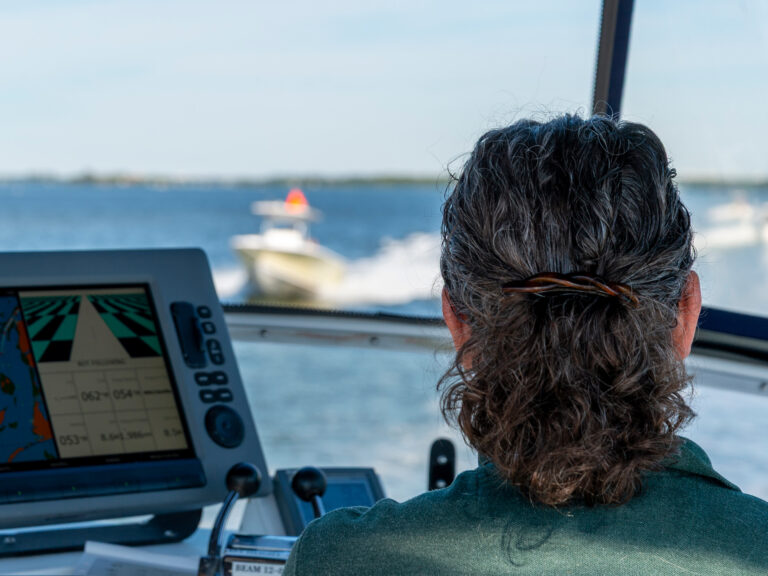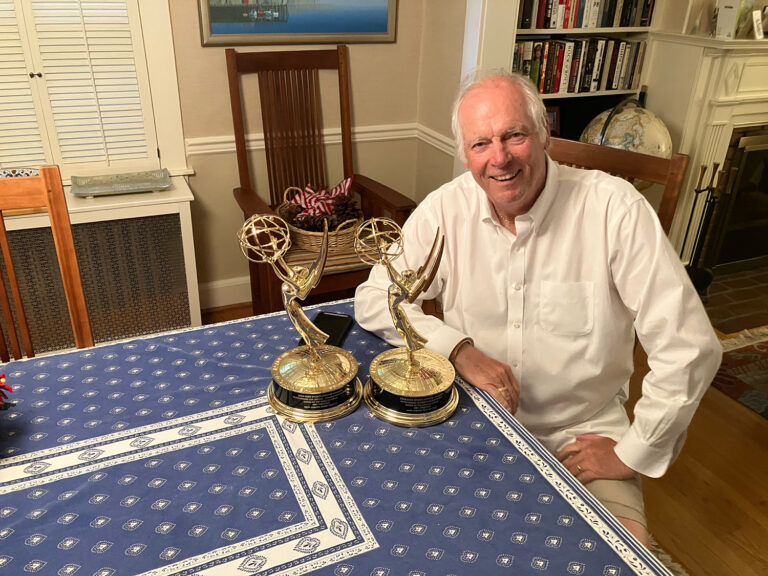
Bicolor bicolour parrot fish parrotfish CETOSCARUS BICOLOR reef RED SEA Sharm El Sheikh EGYPT
Save the Parrotfish
Coral reefs generate more than $3 billion annually for Caribbean fishermen, and for some people on the island of Barbuda, these reefs are the sole source of income. So when the Waitt Institute, a nonprofit whose focus is “empowering communities to restore their ocean,” approached the Barbudan government to offer its expertise to help preserve this vital ecosystem for generations to come, the partnership they developed was ideal in many ways.
Over a period of 17 months, Dr. Ayana Elizabeth Johnson, executive director of the Waitt Institute, and her team conducted numerous community meetings, summer camps for kids and over 100 one-on-one interviews about people’s concerns about the health and state of Barbuda’s coral reefs.
The comprehensive plan that emerged between the Waitt Institute and the local government, called the Barbuda Blue Halo Initiative, delineates a series of 13 zones, including five sanctuaries, that will protect a third of all coastal waters surrounding Barbuda. “The people of Barbuda understand the need for and benefits of managing fisheries sustainably,” says program manager Stephanie Roach. New laws, passed by the Barbuda government in August, also put into place regulations for ending overfishing.
What makes the Blue Halo Initiative most impactful is not the amount of zones created, nor the percentage of coral reef it aims to protect — it’s the level of involvement local Barbudans had in its creation. In the case of every sanctuary zone and anchoring zone created, local Barbudans drew the lines that dictated what the laws would entail.
“The zoning map that evolved over the last year of consultations with fishermen and the community reflects the consensus built among stakeholders,” Johnson says.
Through its efforts to restore coral reefs, Barbuda has become the first Caribbean island to enact bold measures to protect both parrotfish and sea urchins, says Johnson. The connection? Both of these species are crucial to keeping coral reefs vibrant and flourishing.
“Keeping algae levels on coral reefs low makes corals more resilient against other stresses such as hurricanes and disease,” says Roach. “Parrotfish are key herbivores that spend up to 90 percent of their time eating algae that would otherwise smother coral reefs.”
In the coming years, the Waitt Institute expects to launch similar collaborations with at least one new Caribbean nation each year, partnering with islands that are committed to sustainable ocean use but don’t have the resources to design and implement new management.
Johnson emphasized that there will be a five-year commitment to each location. “The Waitt Institute isn’t just interested in passing new laws, but in making sure the communities are receiving the benefits of restored ecosystems and improved fisheries,” she says.
Save the Coral
In high school, “I recall hoping that I wouldn’t get injured by urchin spines as my dad and I snorkeled along the west coast of St. Croix,” says Lewis, coral conservation manager for the Nature Conservancy’s Caribbean Program. “I remember seeing more coral, more fish and less algae.”
Species of coral reefs have seen almost an 80 percent decline in the Caribbean, says Lewis. To combat the problem, the Nature Conservancy is leading a renaissance of elkhorn and staghorn coral reefs in the Caribbean. Today the Nature Conservancy nurtures 10,000 individual corals in specialized nurseries across the USVI, and over 6,000 corals in nurseries across the Bahamas.
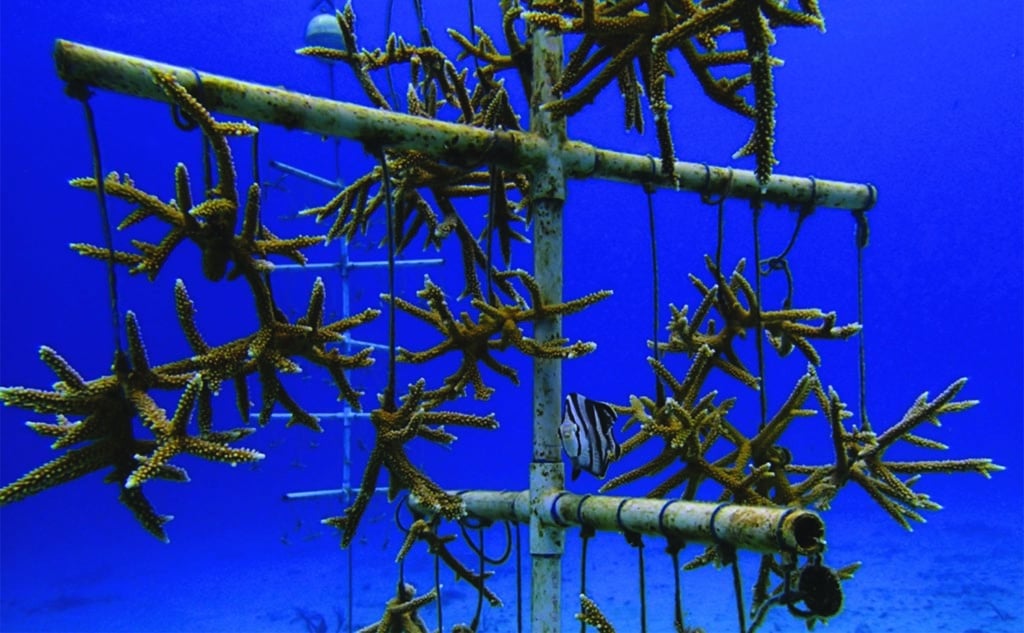
Coral nurseries, oddly enough, are tended like plant nurseries you’d see in a greenhouse. The corals that make their way into nurseries are those that have broken off in the wild and would otherwise perish. But folks like Lewis harvest the coral fragments and they’re hung on PVC “trees,” grown for a full year and then transplanted back to a local reef. The program touts a high rate of survival, thanks in part to a growing base of volunteers from the community.
But there are still threats to the coral reefs. On that end, Lewis and the Nature Conservancy are engaging the public and supporting local government efforts to educate people on how they can increase the resiliency of coral reefs.
“The three main threats to coral reefs globally are climate change, overfishing and land-based sources of pollution such as runoff,” says Lewis. “We recognize that coral restoration is just one tool needed to help reefs recover. But we also believe that if we proactively address the local threats that we can control, we can create the conditions where reefs will be better able to adapt.”
In 20 years, Lewis says he hopes that children on St. Croix will be able to dodge the urchins he remembers from his youth. “There is no alternative to our restoration work,” he says. “It’s impossible to imagine the Caribbean Sea without coral reefs.”
Tyson Bottenus is the sustainability director for Sailors for the Sea.

